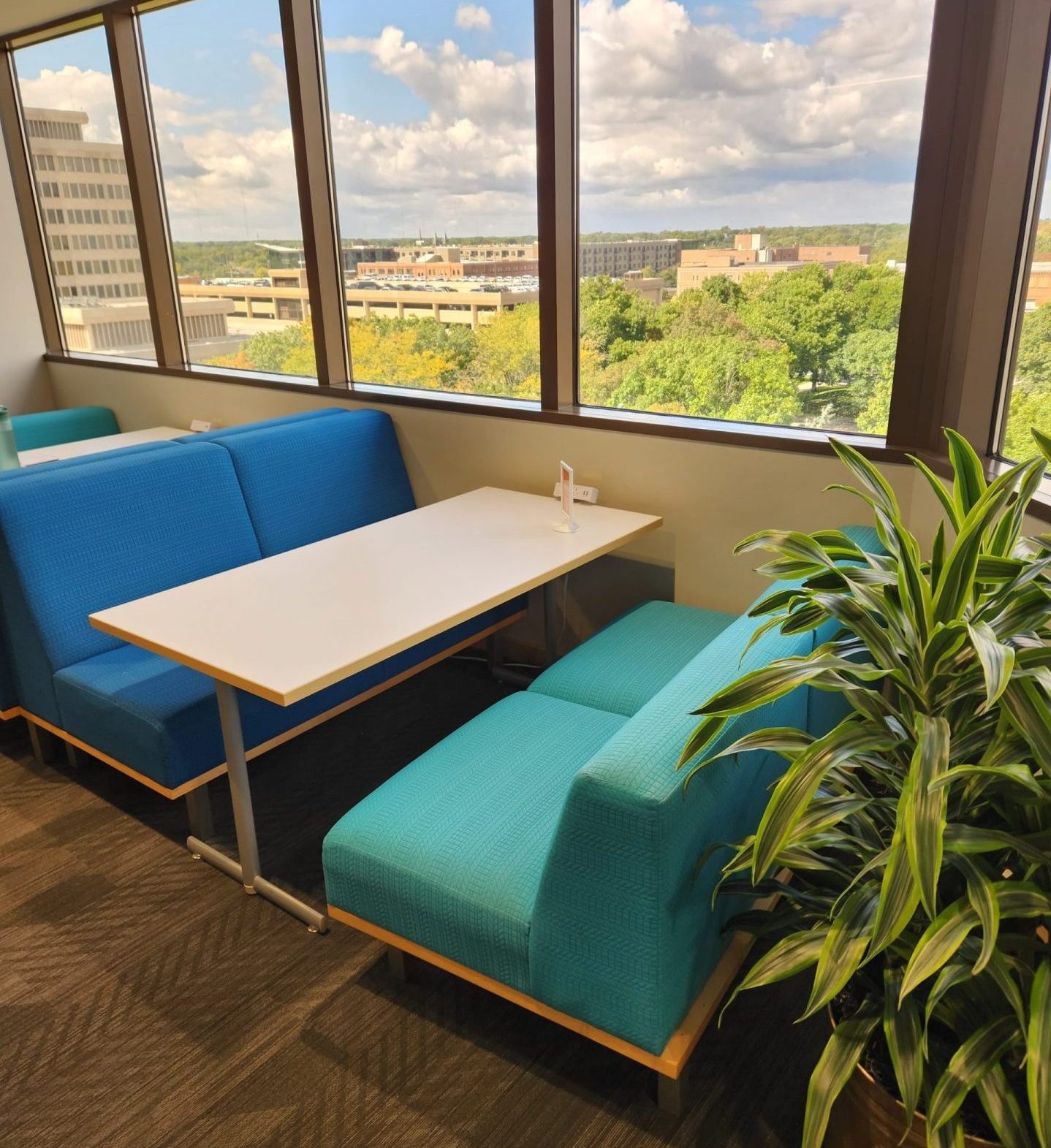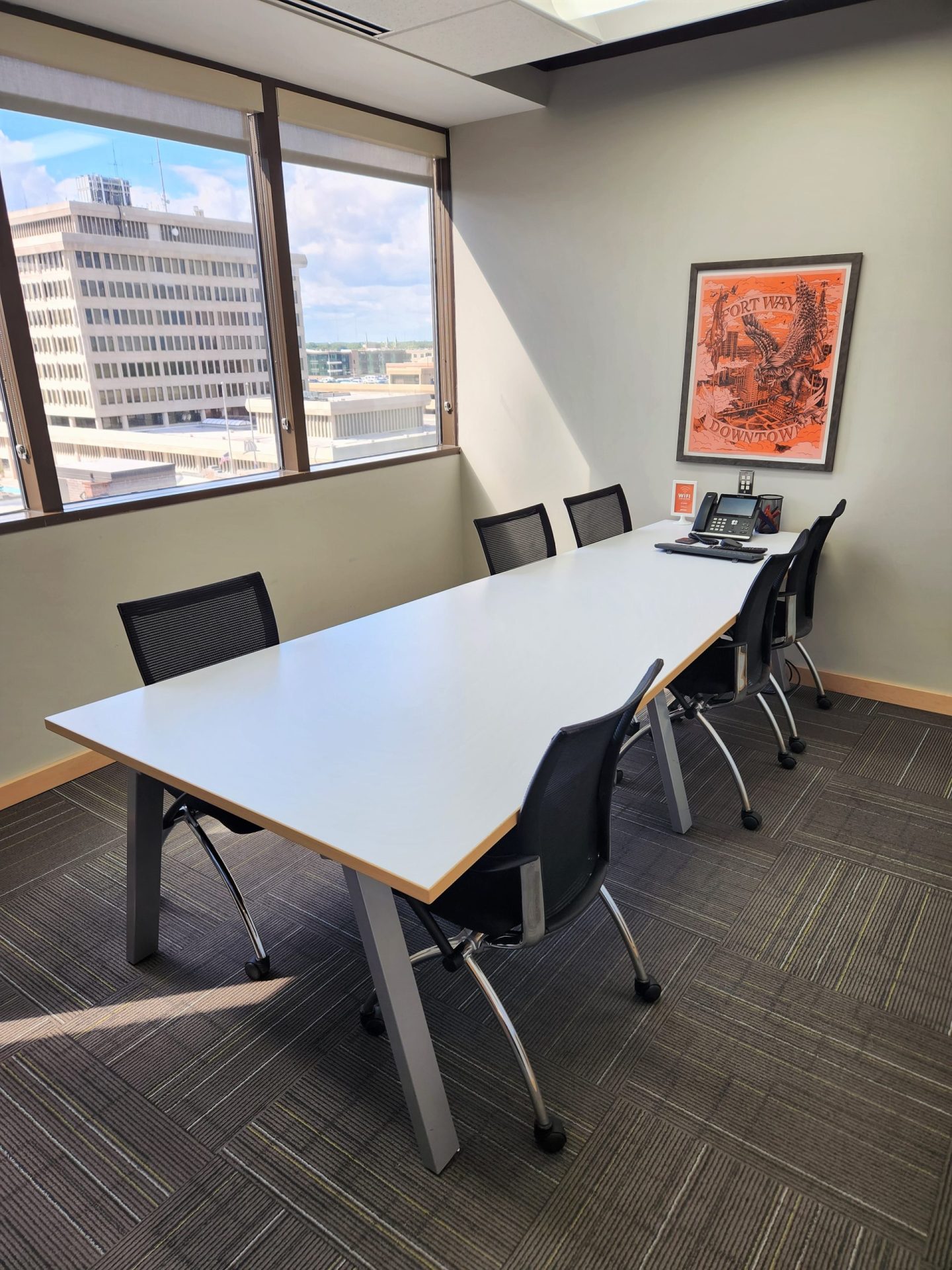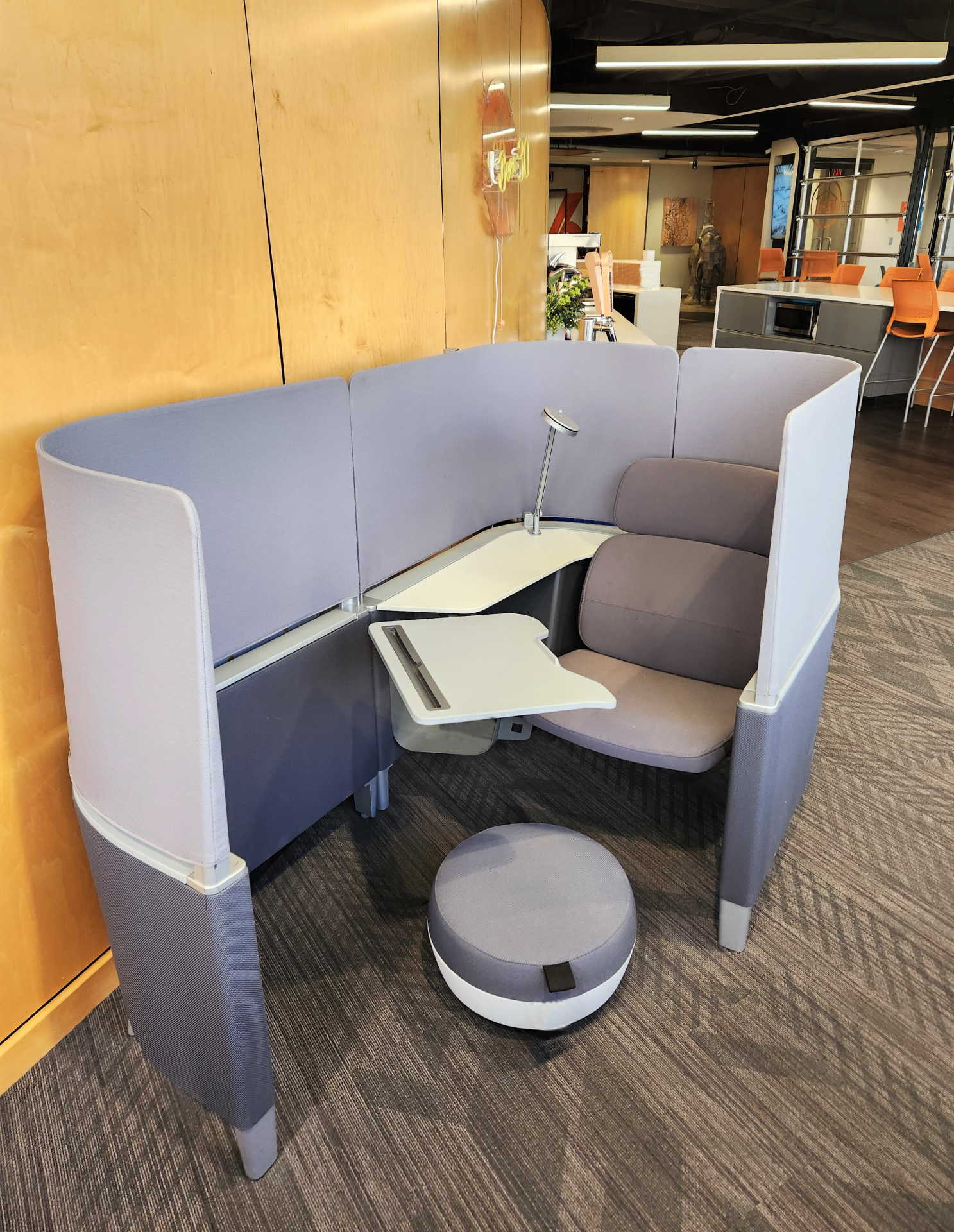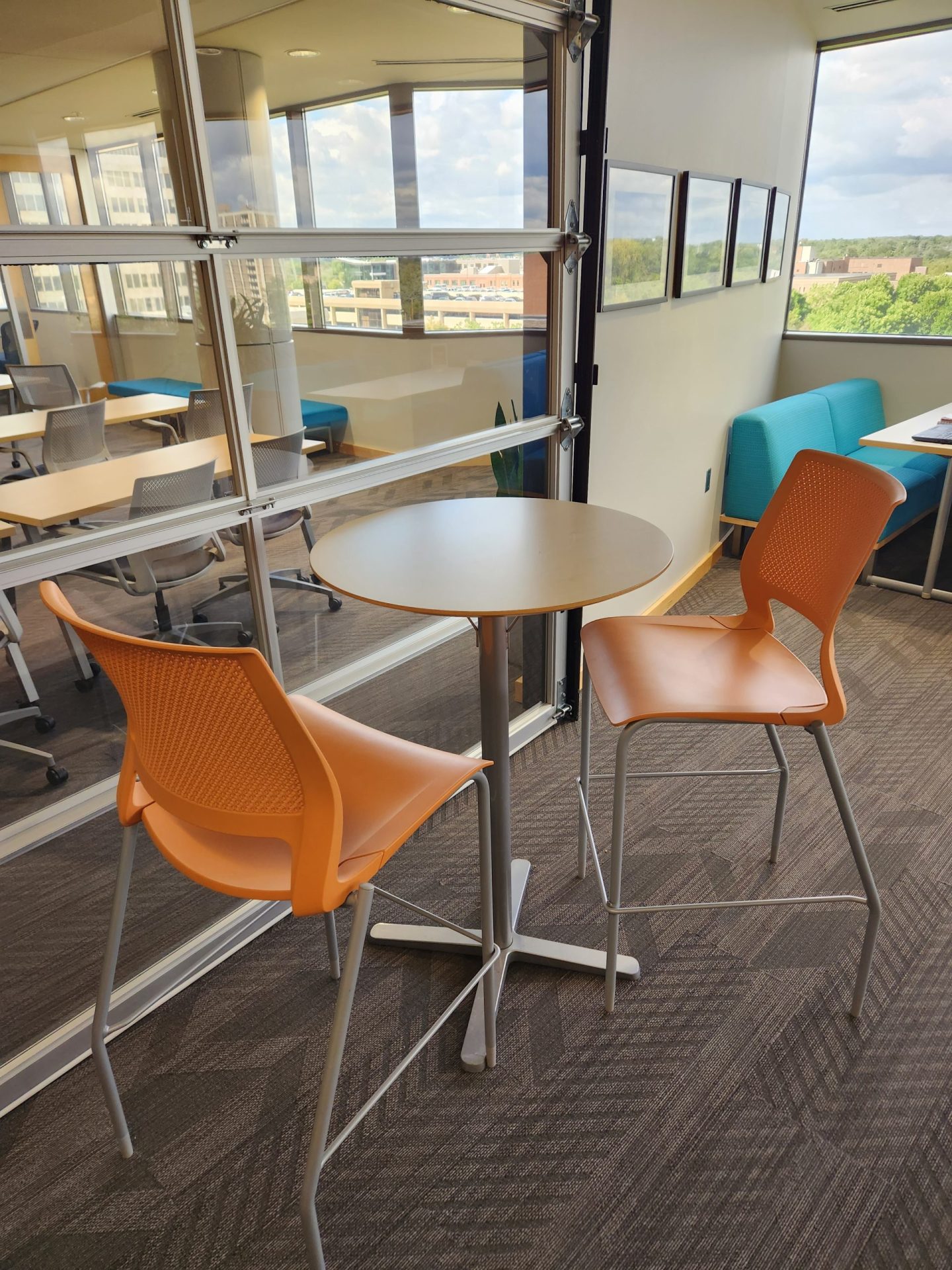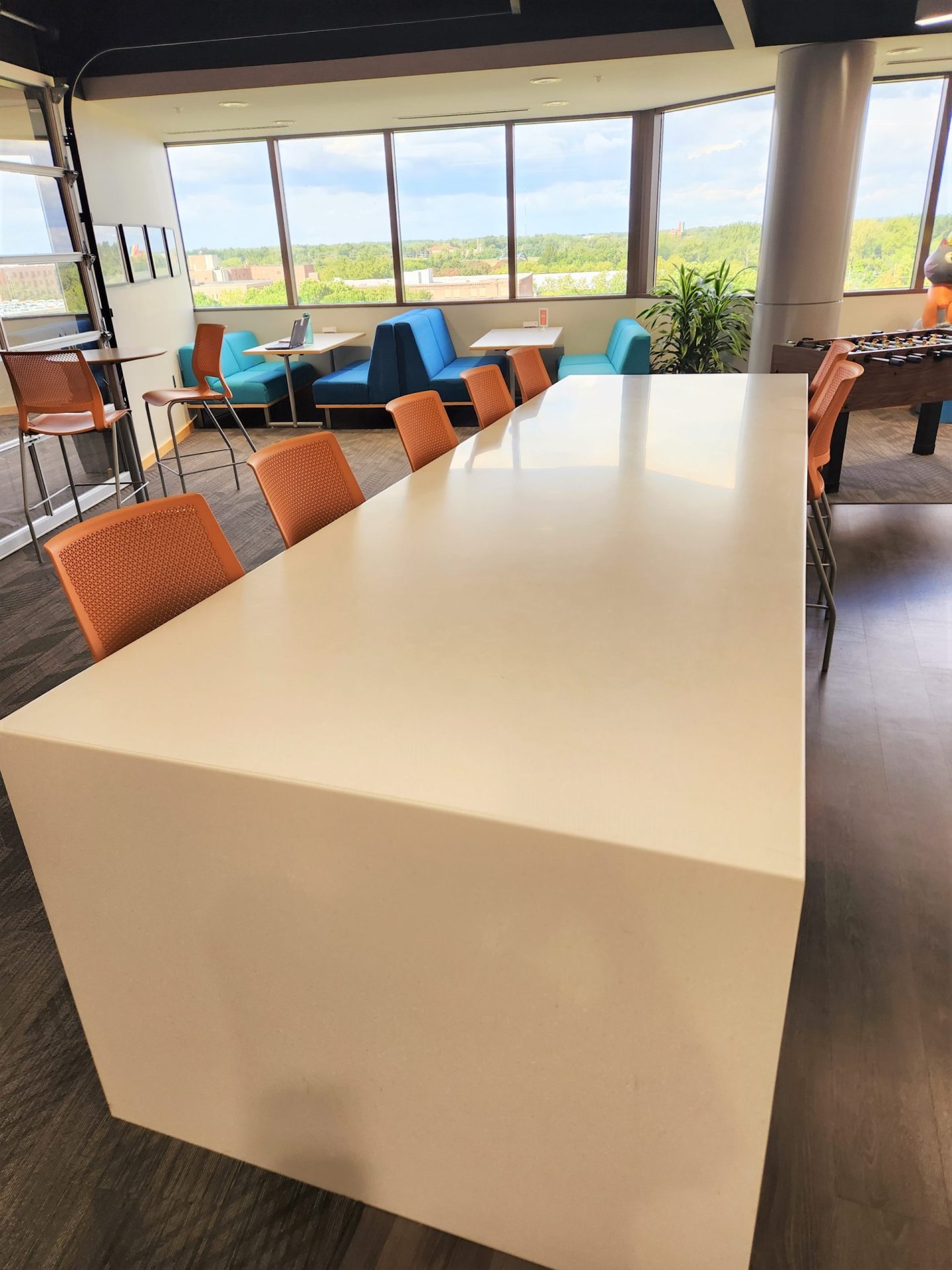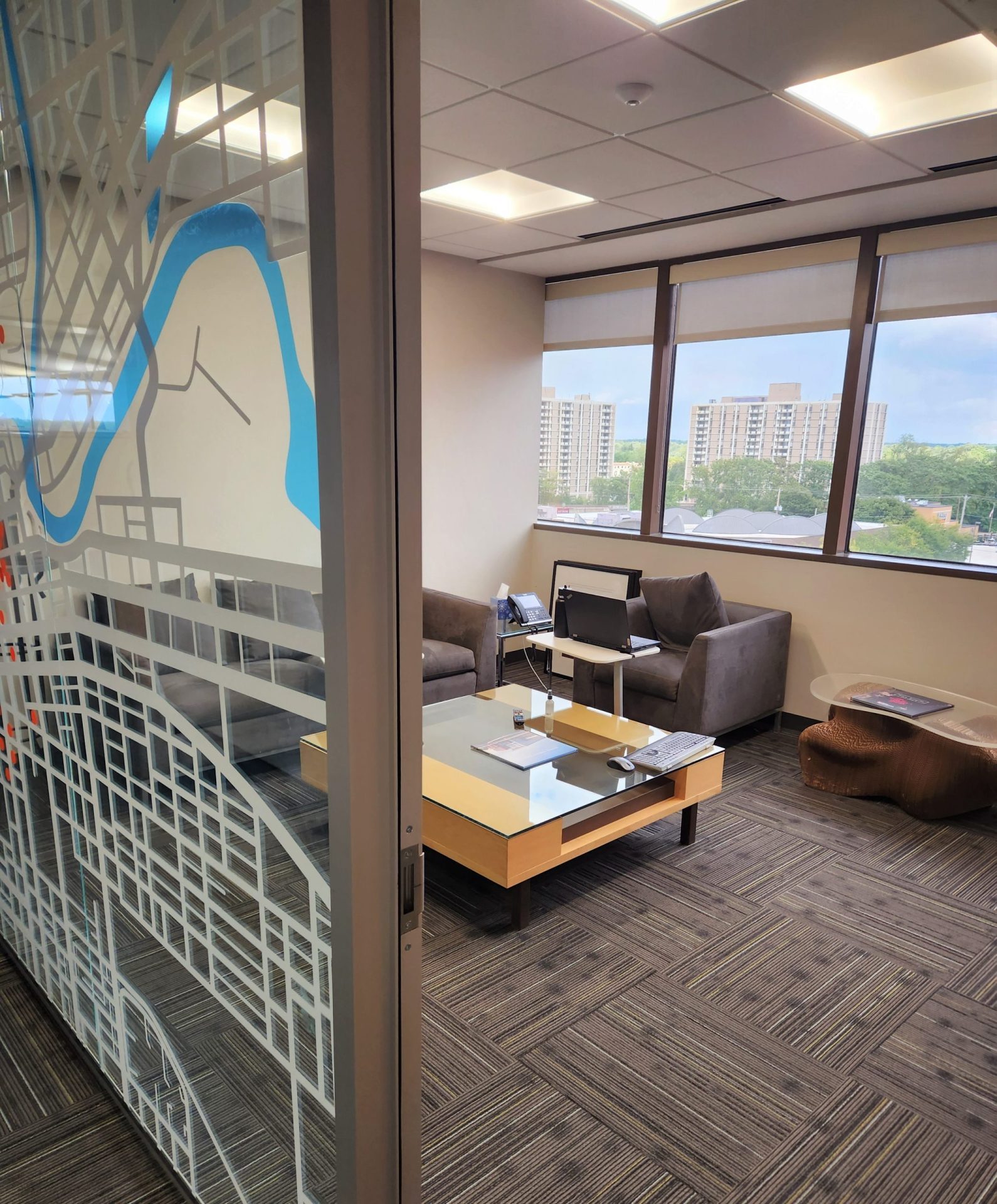Workspace Variety in the Workplace
Designing a more inclusive and universal workspace
October 4, 2022 |
In a world where workplace design is becoming more inclusive and universally driven, it’s important to consider the different needs of employees. The easiest way to do this is by providing choice and variety in your workplace. By doing so, you allow your employees to choose the setting that works best for them. This need might change on a day-to-day basis based on the task at hand. We all work differently. Some of us thrive in an open collaborative environment, and some of us need more focus. When we give people options to choose how they work, we see higher levels of employee engagement, innovation, and returns.
|
